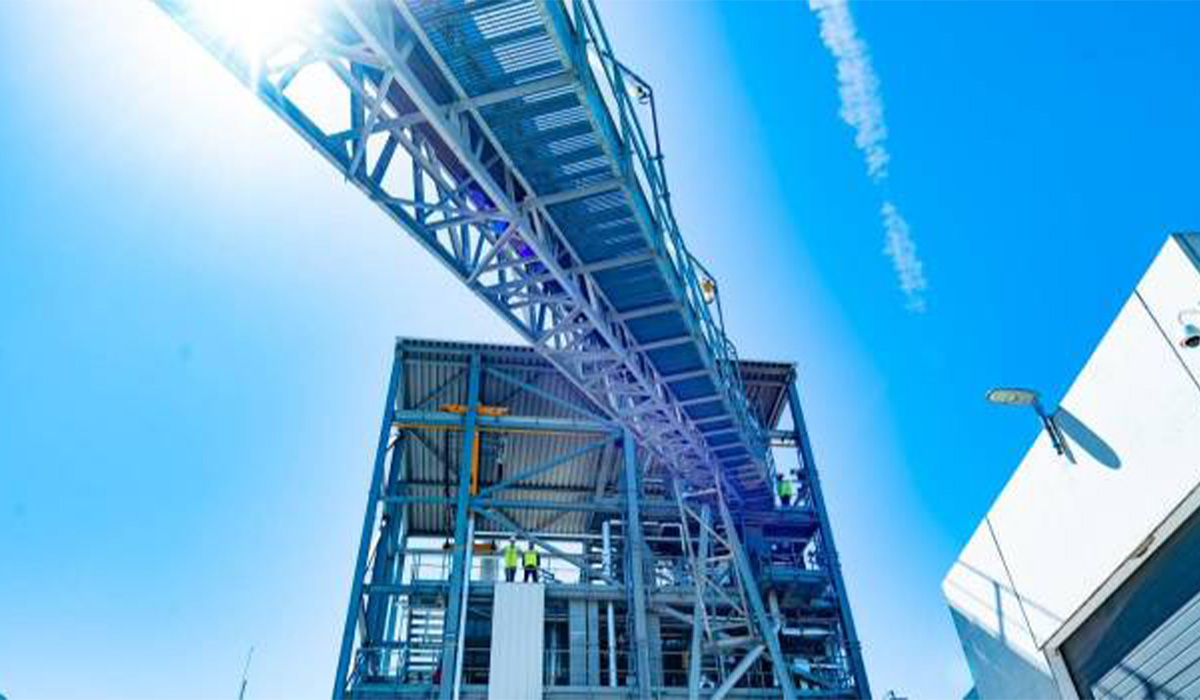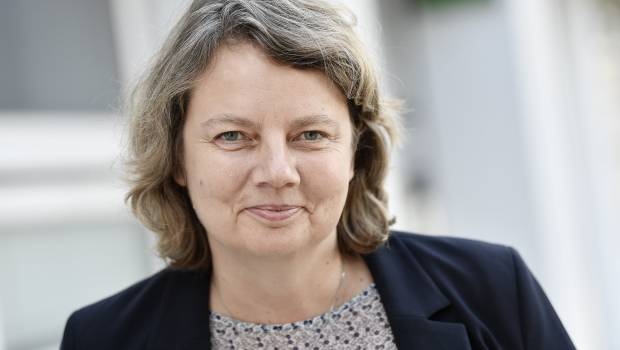


We know today that we will absolutely need the technology used for the Gaya platform in order for ENGIE to reach its 100% green gas grid target.
Before the industrial revolution ushered in the era of fossil fuels, biomass served as the primary energy source of mankind. Today, as our global effort to phase out polluting fuels keeps accelerating, biomass has made a comeback as the world’s second-largest source of renewable energy.Biomass (essentially a fancy term for organic material that comes from plants and animals) is considered a renewable energy source as long it is produced in at least the same quantity as it is consumed. As it contains stored energy from the sun, organic plant or animal matter can be harnessed to produce heat or electricity.
In Europe, waste generated from agriculture is a burgeoning problem, and in many developing countries, biomass residues are often left in the field to decompose. As such, biomass is gaining traction for its double-potential as a sustainable energy alternative to fossil fuels and as a solution to our global waste issue.
Here are two exciting energy projects pushing the boundaries of biotechnology:
A group of Swiss scientists have applied their expertise in reversible solid-oxide cell technology to better incorporate biomass into existing power grids and gas distribution systems.
In a pioneering project, ENGIE has produced renewable gas from non-recyclable waste at its semi-industrial R&D platform in south-eastern France. The GAYA project is an ENGIE Lab CRIGEN (ENGIE R&D Center) led initiative involving 11 partners from the industrial, institutional, and academic worlds in France and Europe..Located in the heart of the ‘Chemical Valley’ in Saint-Fons, the GAYA platform is a flagship demonstrator for the sector.